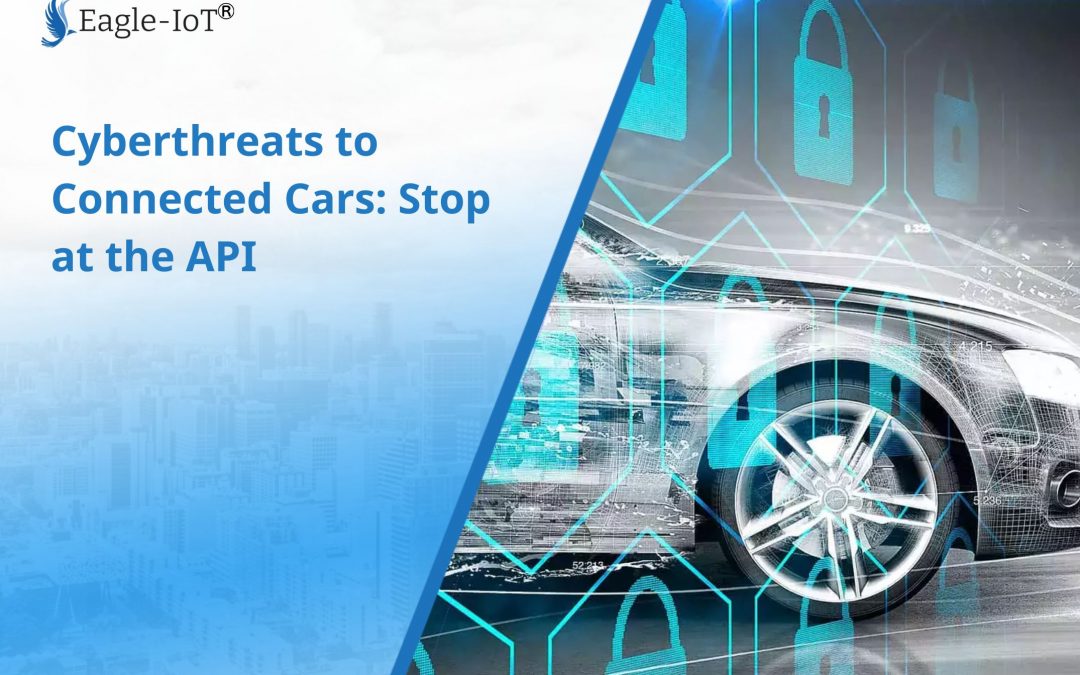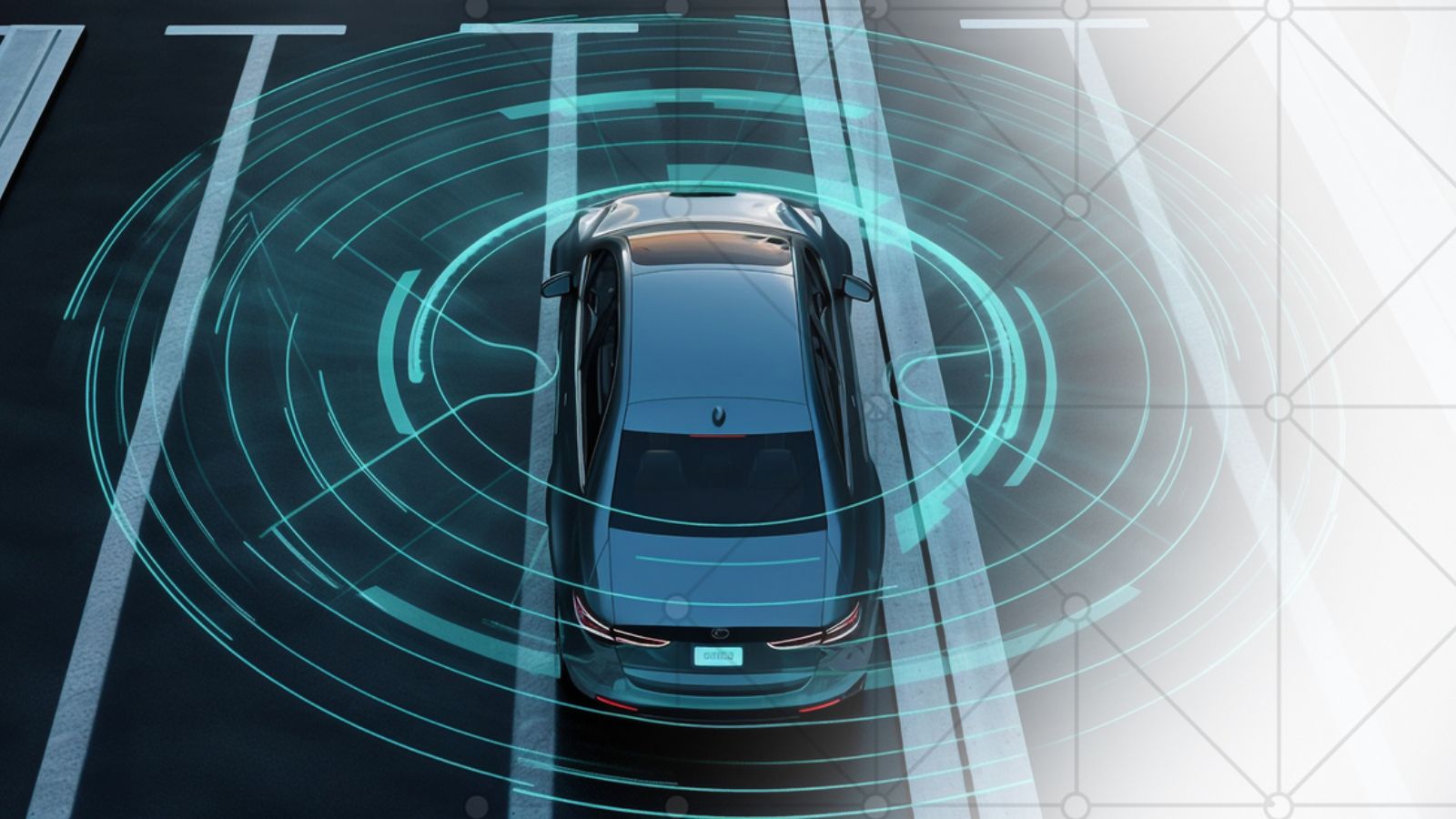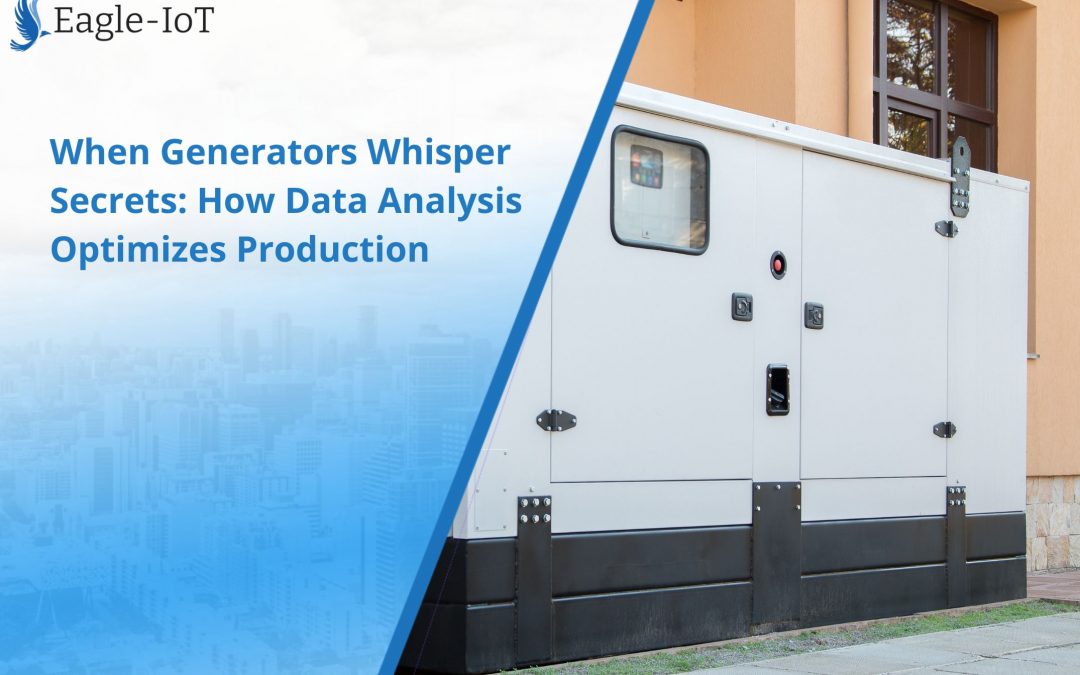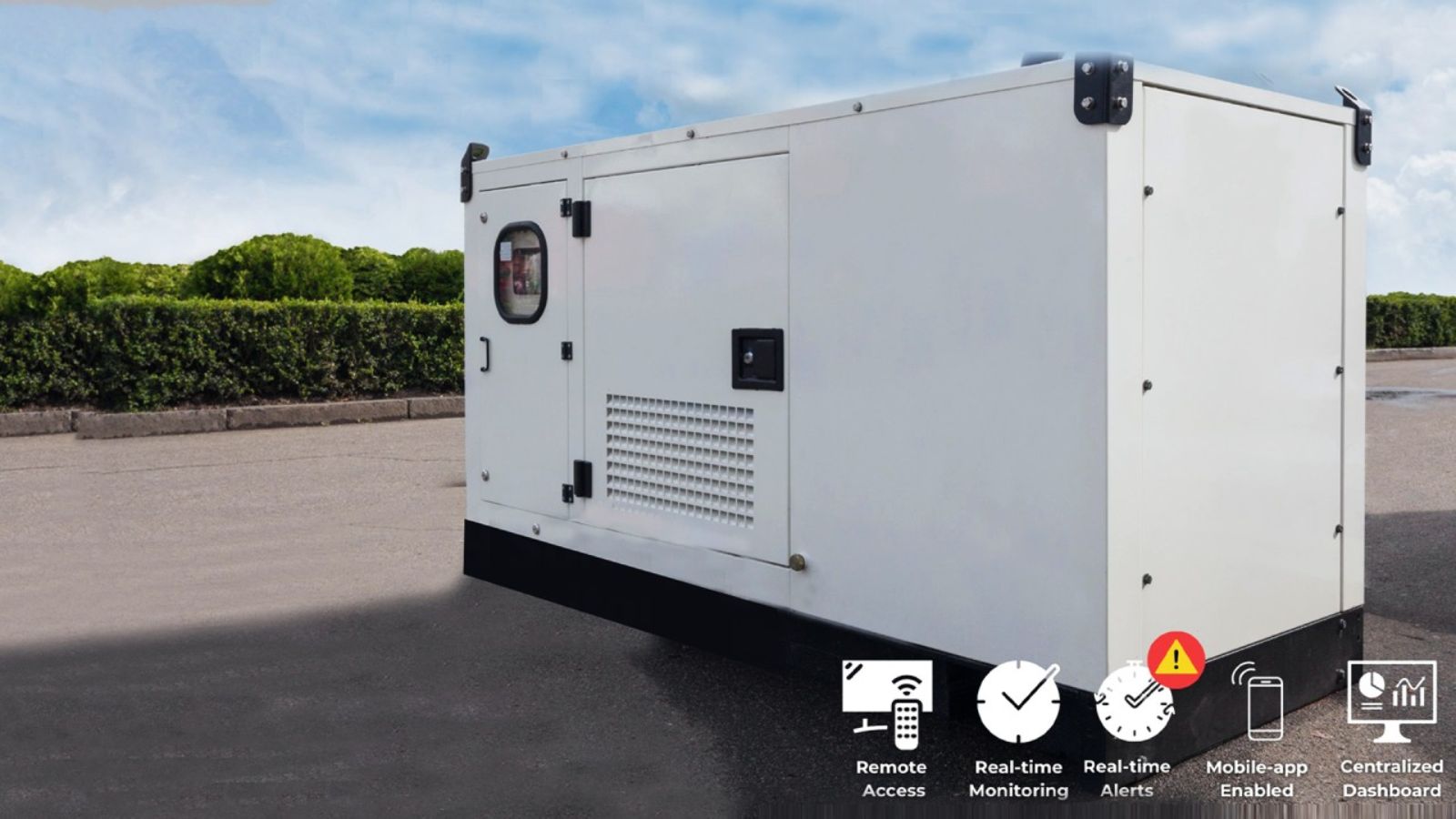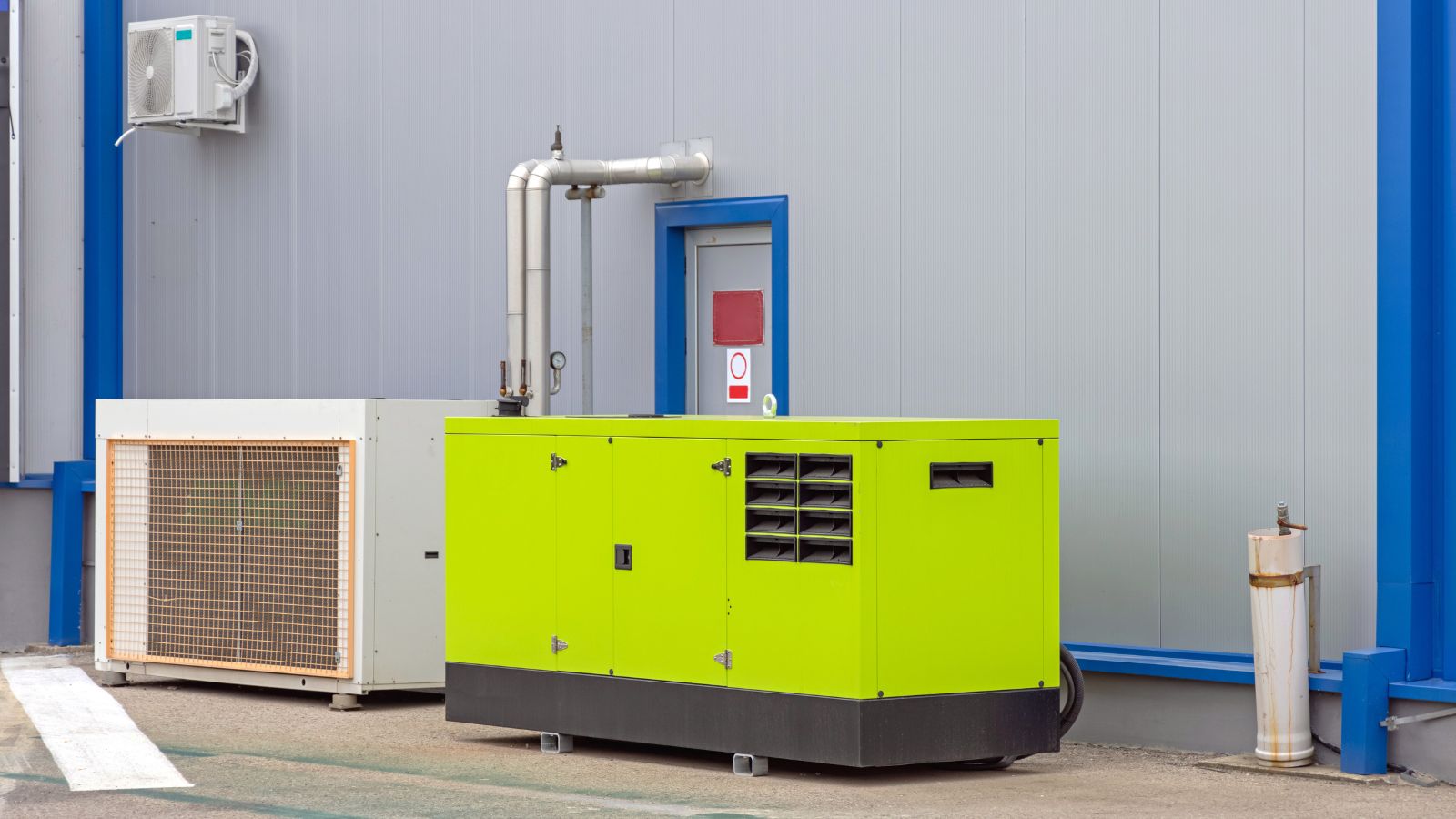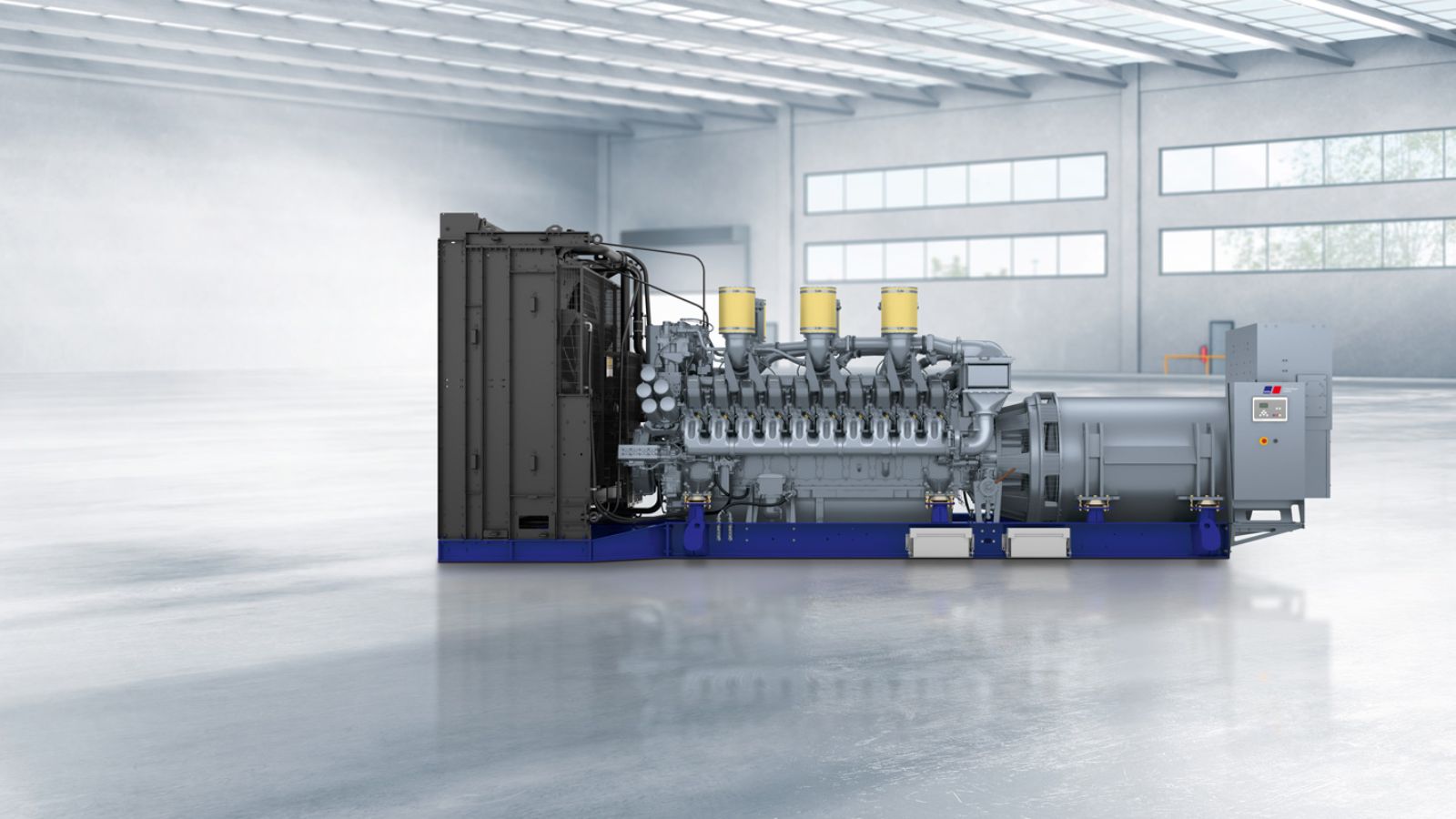
How Dash Cams Can Be Your Eyes on the Road to Keep Your Fleet Safe?
How Dash Cams Can Be Your Eyes on the Road to Keep Your Fleet Safe?
In the realm of commercial transportation, prioritizing fleet safety transcends mere responsibility; it’s a strategic imperative. Accidents involving commercial vehicles can inflict devastating consequences, encompassing human tragedy, hefty financial repercussions, and reputational damage. Fortunately, advancements in technology offer valuable tools to bolster fleet safety, and one of the most impactful additions to this safety arsenal is the strategic deployment of dash cams.
The Paramount Importance of Fleet Safety
Accidents involving commercial vehicles can have a cascading effect, impacting not only the lives of those directly involved but also the financial well-being of your company. Potential consequences include:
Escalating Insurance Premiums: Accidents involving commercial vehicles often result in more severe damage and injuries, leading to a significant rise in insurance premiums.
Mounting Legal Expenses and Settlements: Depending on the accident’s severity, lawsuits can be costly and time-consuming.
Operational Disruption and Downtime: Accidents take vehicles off the road, disrupting delivery schedules and impacting business operations.
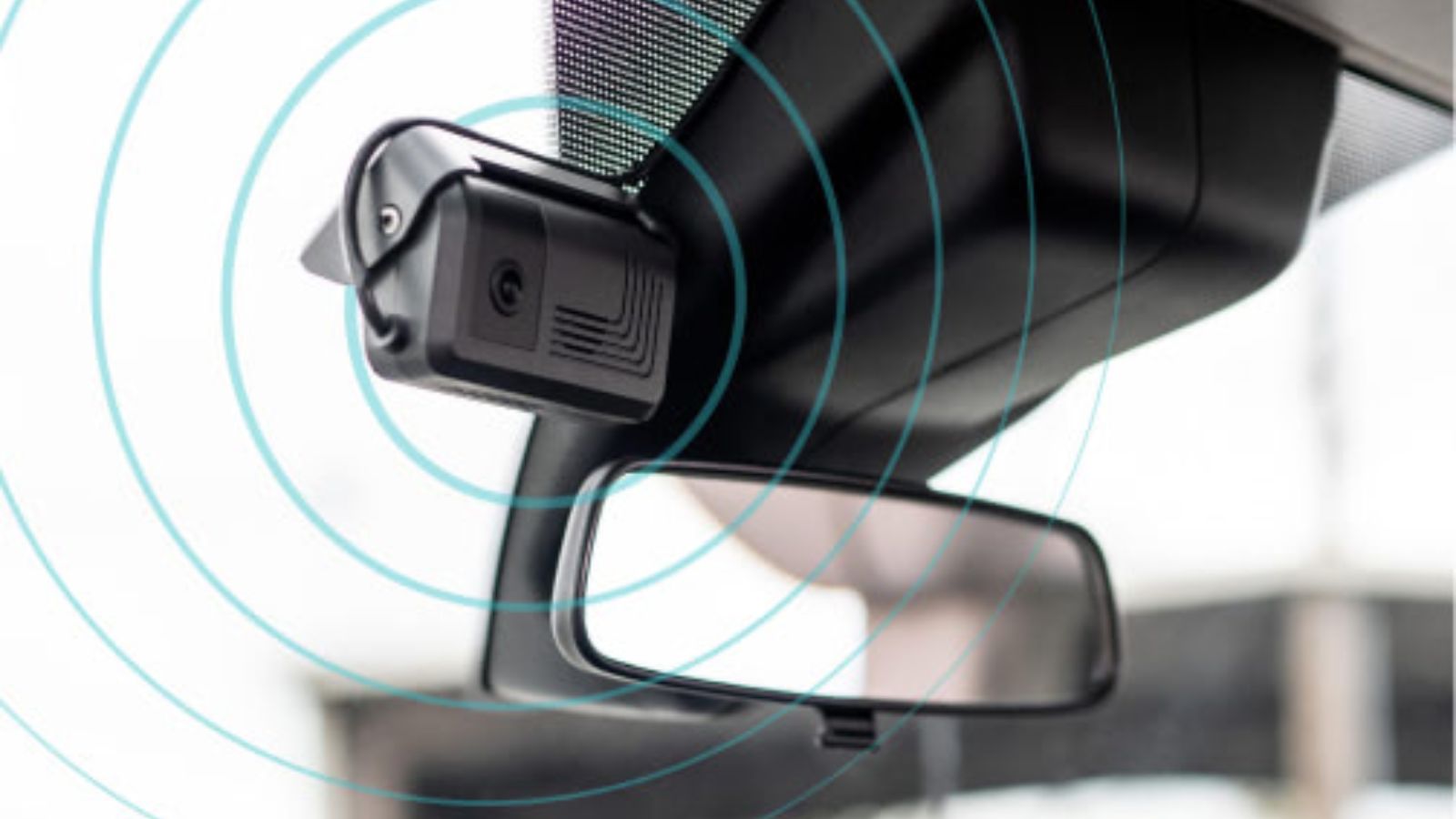
Tarnished Reputation: Accidents can erode public trust and potentially damage your company’s reputation, jeopardizing customer relationships and future business prospects.
Prioritizing fleet safety is not just an ethical obligation but a sound financial decision.
Navigating the Challenges of Fleet Management
Ensuring fleet safety necessitates a multifaceted approach. Here are some of the key challenges encounterلed by fleet managers:
Mitigating Risky Driver Behavior: Distracted driving, speeding, fatigue, and improper lane changes are common contributors to accidents. Monitoring and addressing these risky behaviors are crucial for maintaining fleet safety.
· Ensuring Cargo Security: Cargo theft is a significant concern for many fleet operators. Furthermore, improper loading or securing of cargo can lead to dangerous situations on the road.
· Combating False Claims: Unfortunately, fraudulent claims against drivers are not uncommon. Having access to objective evidence of events is critical for protecting your drivers from false accusations.
· Limited Visibility: Blind spots around large vehicles can pose a significant risk. In-cab cameras can provide a wider view of the road, while top-mounted cameras offer valuable insight into the cargo area.
Leveraging Dash Cams to Enhance Fleet Safety
Dash cams offer a comprehensive solution to mitigate these challenges and enhance fleet safety in several key ways:
Fostering Safe Driving Practices:
· Visual Deterrent: The presence of a clearly visible dash cam can serve as a powerful deterrent, encouraging drivers to adopt safer driving habits knowing their actions are being recorded.
·

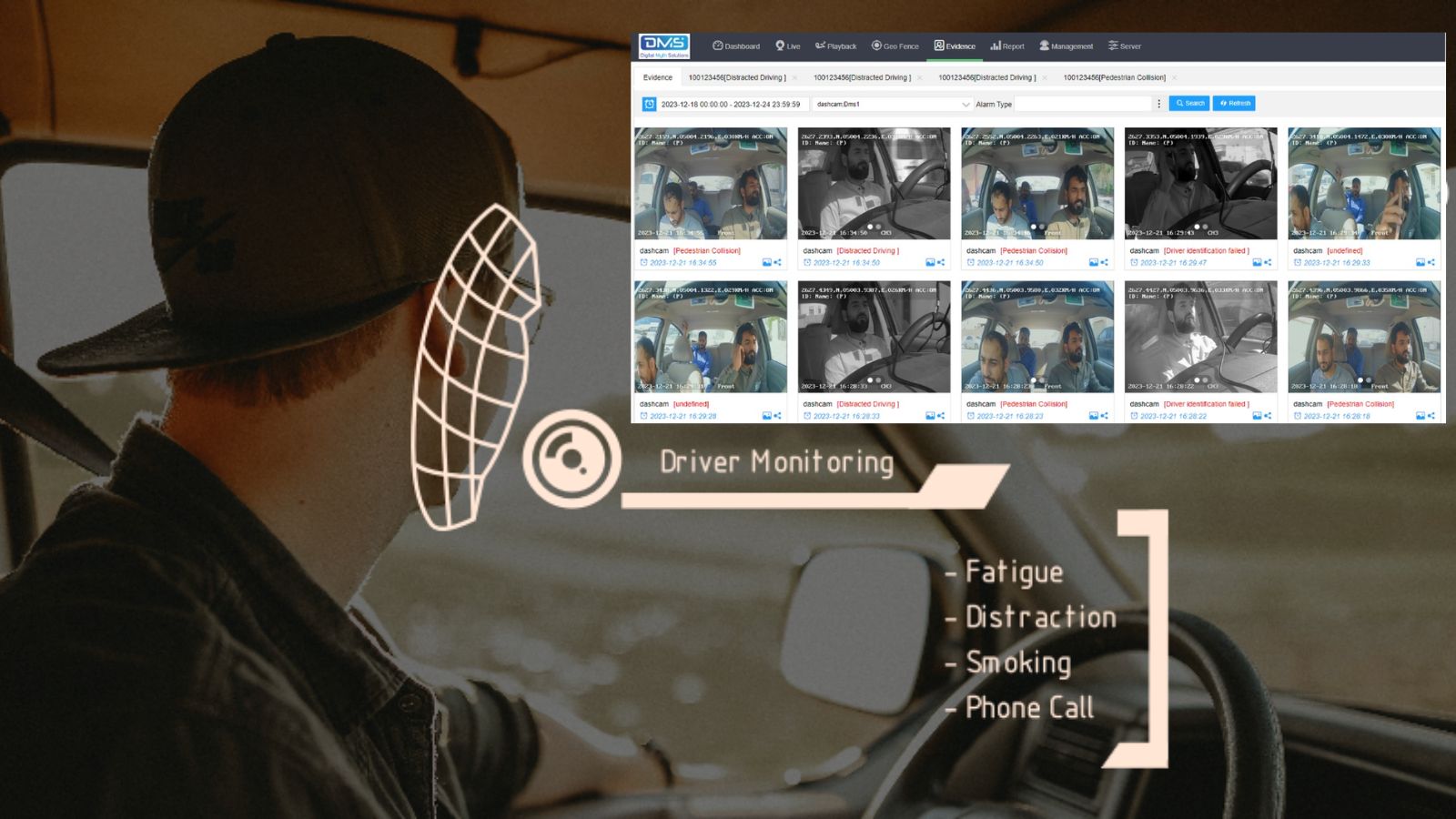
Targeted Driver Coaching: Footage from dash cams can be leveraged for the purposes of identifying risky driving behaviors. This allows for targeted coaching and training programs to be implemented, addressing specific driver shortcomings.
· Real-Time Intervention: Advanced dash cams equipped with AI capabilities can provide real-time alerts for speeding, harsh braking, and potential instances of distracted driving. This allows for immediate intervention by fleet managers or dispatchers to correct unsafe maneuvers before they escalate into accidents.
Bolstering Cargo Security:
· Continuous Cargo Monitoring: Top-mounted dash cams offer a clear view of the cargo area, deterring potential theft attempts while simultaneously helping to ensure proper loading and securing of cargo.
· Investigative Support: In the unfortunate event of cargo theft or damage, dash cam footage can be used to identify the cause of the incident and assist with investigations. This valuable evidence can streamline the process of recovering stolen goods or resolving disputes with insurance companies
Protecting Drivers from False Accusations:
· Dispelling Unfounded Claims: Dash cam footage provides an objective record of events, helping to exonerate drivers from false claims of aggressive driving or accidents. This recorded evidence can be invaluable during legal proceedings.
· Facilitating Insurance Claims Processing: Footage from dash cams can be instrumental in streamlining the insurance claims process by providing clear and indisputable evidence in case of accidents. This can expedite the resolution of claims and minimize financial losses.
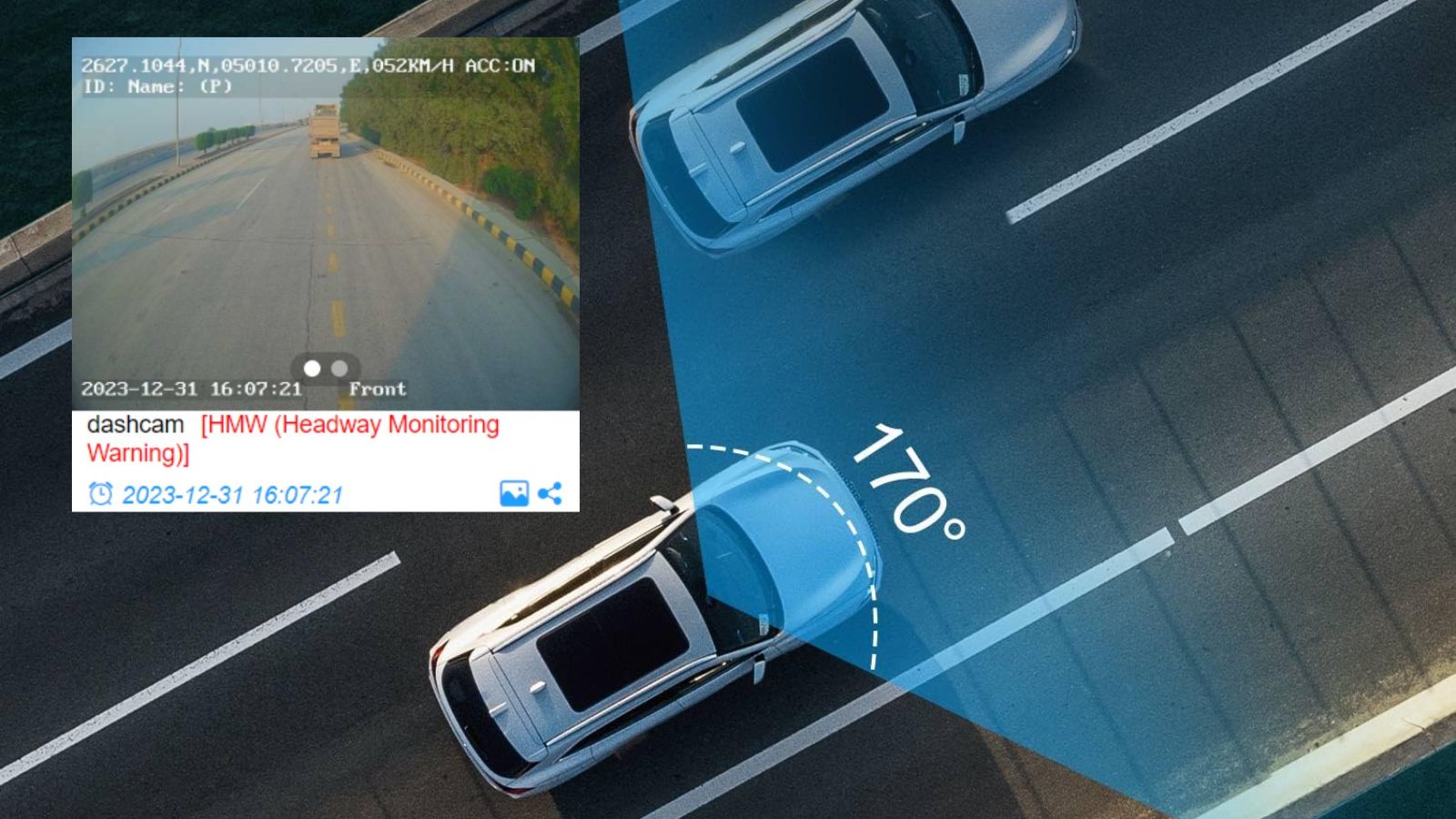

Enhancing Visibility and Situational Awareness:
· Eliminating Blind Spots: In-cab cameras with a wider field of view can eliminate blind spots, enhancing driver awareness of their surroundings. This proves especially crucial when maneuvering large vehicles or navigating tight spaces.
· Recording Critical Events: Dash cams have the capability to capture critical events that might otherwise go unnoticed, such as near misses or road rage incidents. This footage can be used for training purposes or for providing evidence to law enforcement in cases of road rage
Selecting the Right Dual-Function Dash Cam System
With the numerous dash cam systems available in the market, selecting the one that best suits your fleet’s needs requires careful consideration. Here are some key factors to ponder:
Video Quality: High-resolution video quality is essential for capturing clear and detailed footage, both inside the cab and in the cargo area. Consider systems offering at least 1080p resolution with night vision capabilities for optimal recording in low-light conditions
Field of View: For in-cab cameras, a wide field of view is crucial to capture the entire driver’s field of vision, including blind spots. For top-mounted cameras, a wide enough view to encompass the entire cargo area is necessary.
Storage Capacity: Dash cams continuously record footage. Select a system with ample storage capacity or an option for cloud storage to ensure you don’t lose valuable data due to full memory.
Connectivity: Consider systems offering Wi-Fi or Bluetooth connectivity for easy downloading and management of recorded footage. Real-time access to footage can be particularly valuable when addressing driver behavior concerns.
Durability: Dash cams are installed in vehicles that experience constant vibration and temperature fluctuations. Opt for systems built with robust materials to ensure reliable operation in harsh environments.
Ease of Use: A user-friendly interface is crucial for both drivers and fleet managers. Eagle-IoT offers SaaS based easy to operate platform, allowing for seamless footage retrieval and management.


Additional Considerations:
· Integrations: Explore dash cam systems that integrate with existing fleet management software, streamlining data collection and analysis for a more holistic view of fleet operations.
· Driver Privacy: Ensure the dash cam system adheres to data privacy regulations regarding driver footage. Clear policies for recording, storage, and access to footage should be communicated to all drivers.
Implementing and Utilizing a Dual-Function Dash Cam System
Investing in a dual-function dash cam system is a significant step towards enhanced fleet safety. Here’s how to ensure its successful implementation and utilization:
· Clear Communication and Training: Communicate the purpose and benefits of the dash cam system to all drivers. Provide comprehensive training on its functionality and proper use.
· Installation and Maintenance: Ensure proper installation of the dash cam system by qualified personnel. Regularly maintain the system to ensure optimal performance.
· Data Management and Analysis: Develop a system for securely storing and managing recorded footage. Utilize footage for driver coaching, incident investigation, and overall safety improvement initiatives.
The Road to a Safer Fleet
A commitment to fleet safety should be a cornerstone of any fleet management strategy. By implementing a dual-function dash cam system and leveraging its capabilities, you can significantly enhance driver behavior, bolster cargo security, protect drivers from false accusations, and improve overall situational awareness. The tangible benefits translate to a safer fleet, reduced accident rates, and ultimately, a more successful and profitable transportation business.

The power of dual-function dash cams lies in their ability to provide a comprehensive view of both driver and cargo activity. By harnessing this valuable data, fleet managers can create a culture of safety within their organization, fostering responsible driving practices and ultimately safeguarding lives and assets on the road. To know more about this, Contact us Today!
